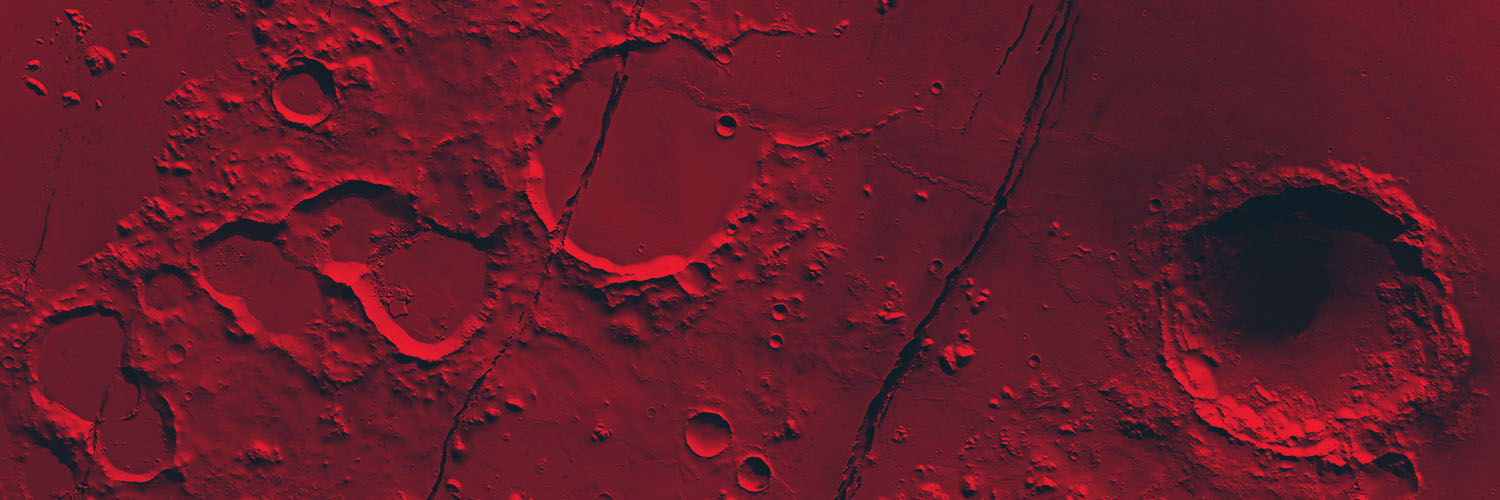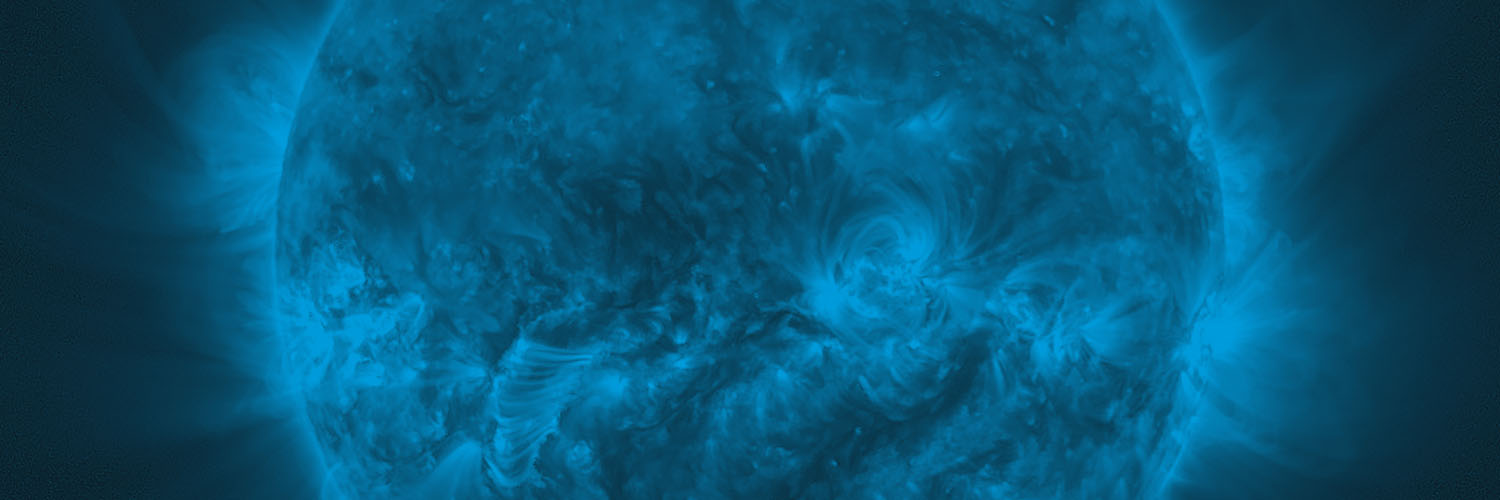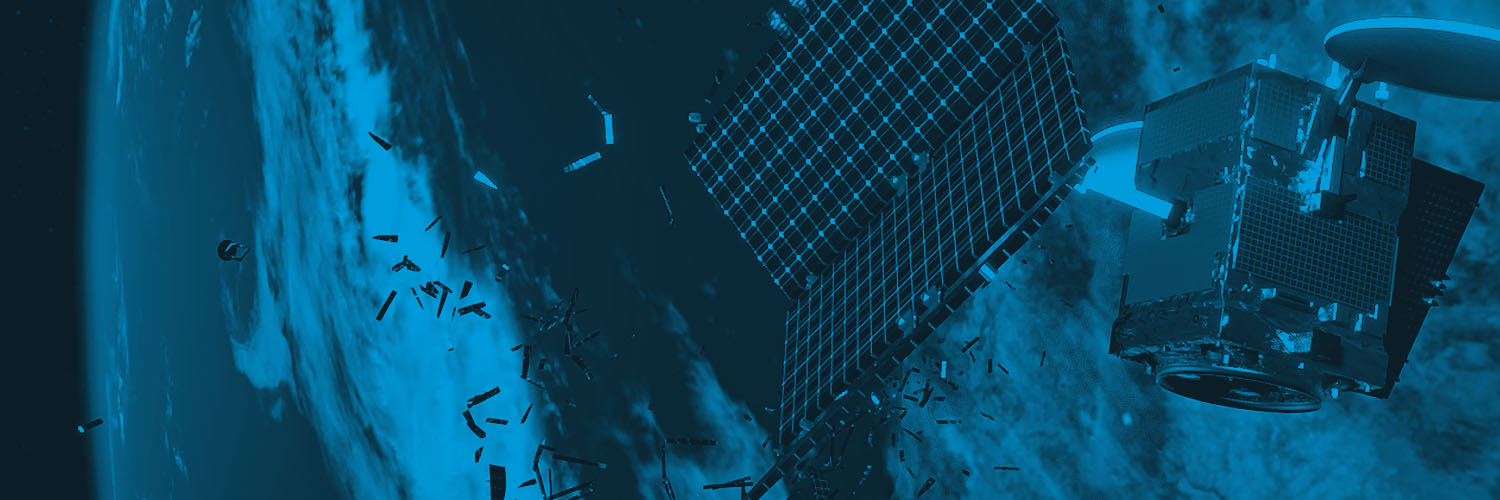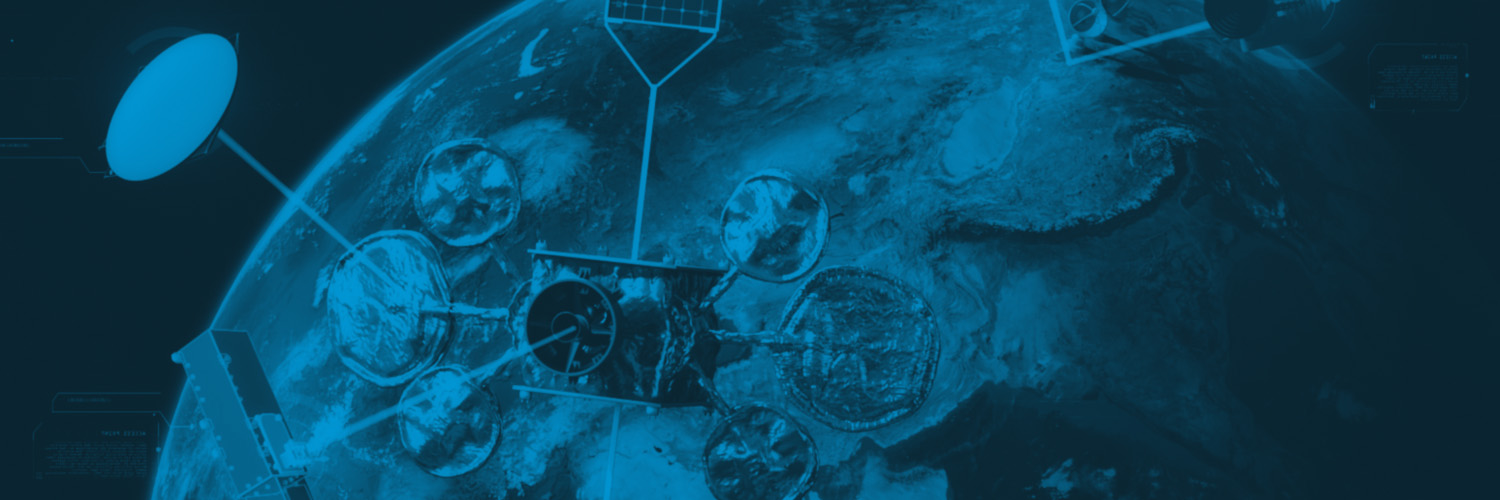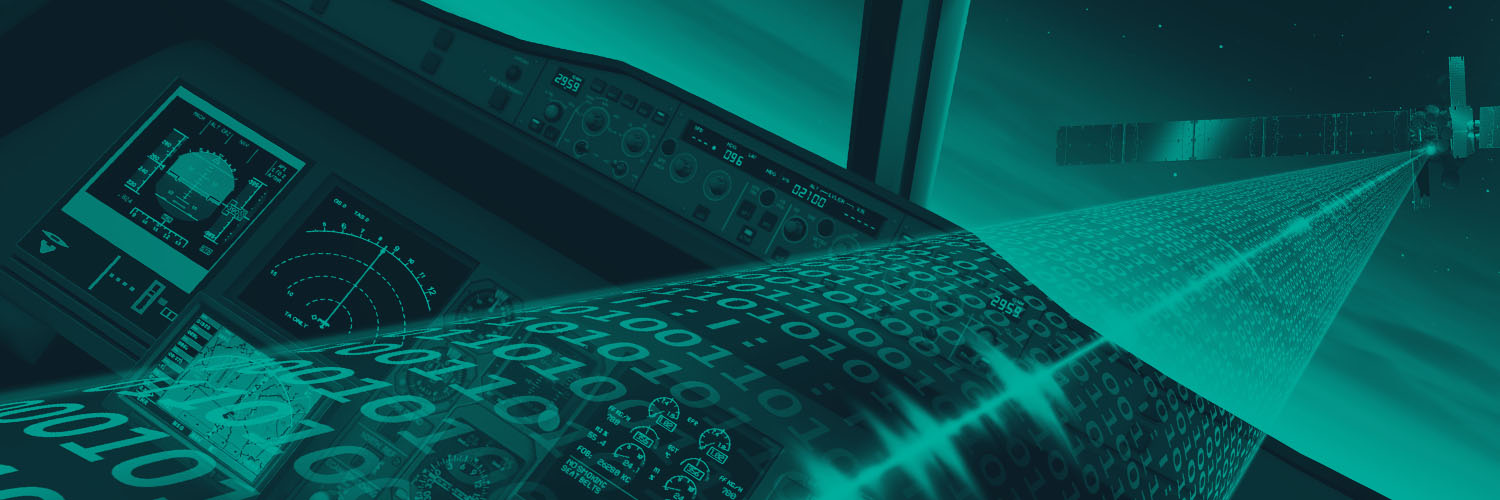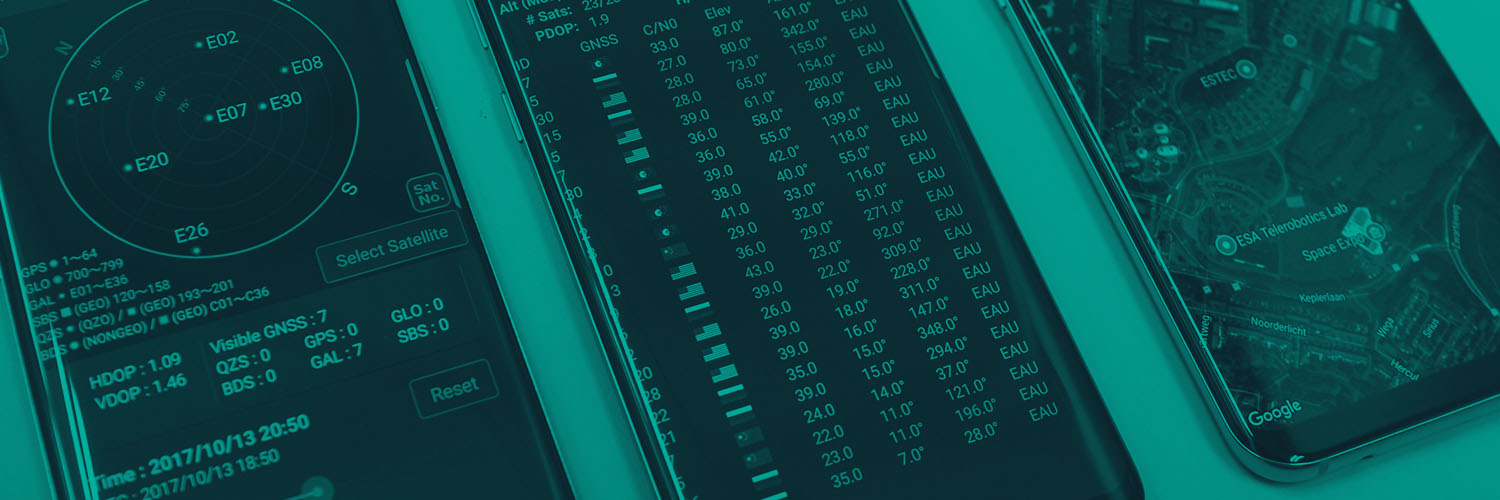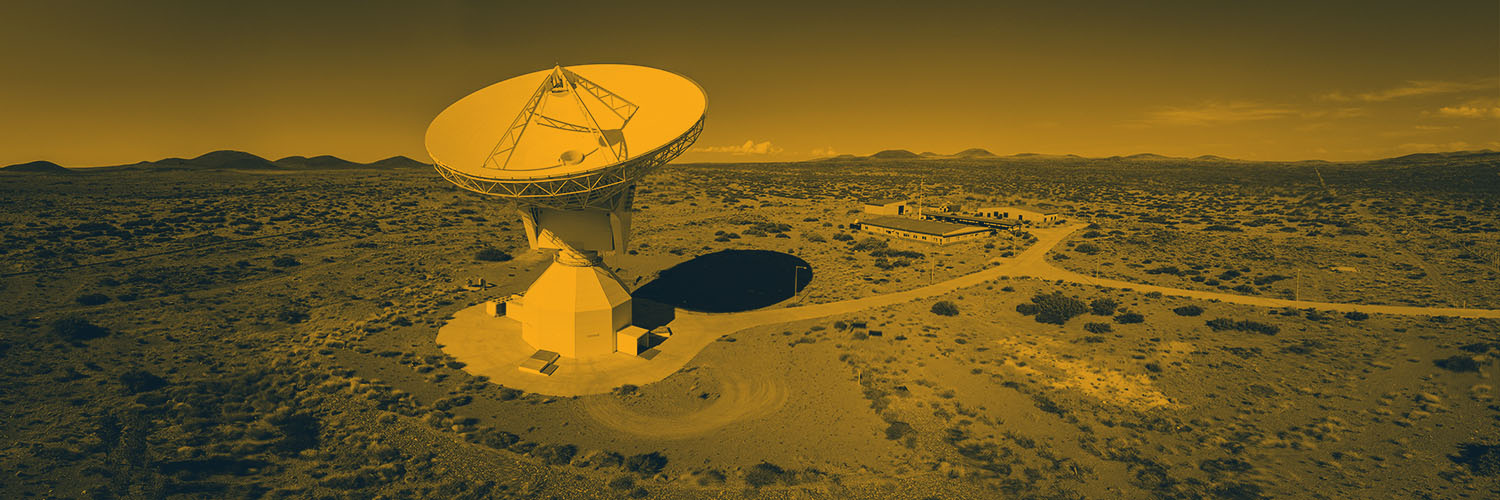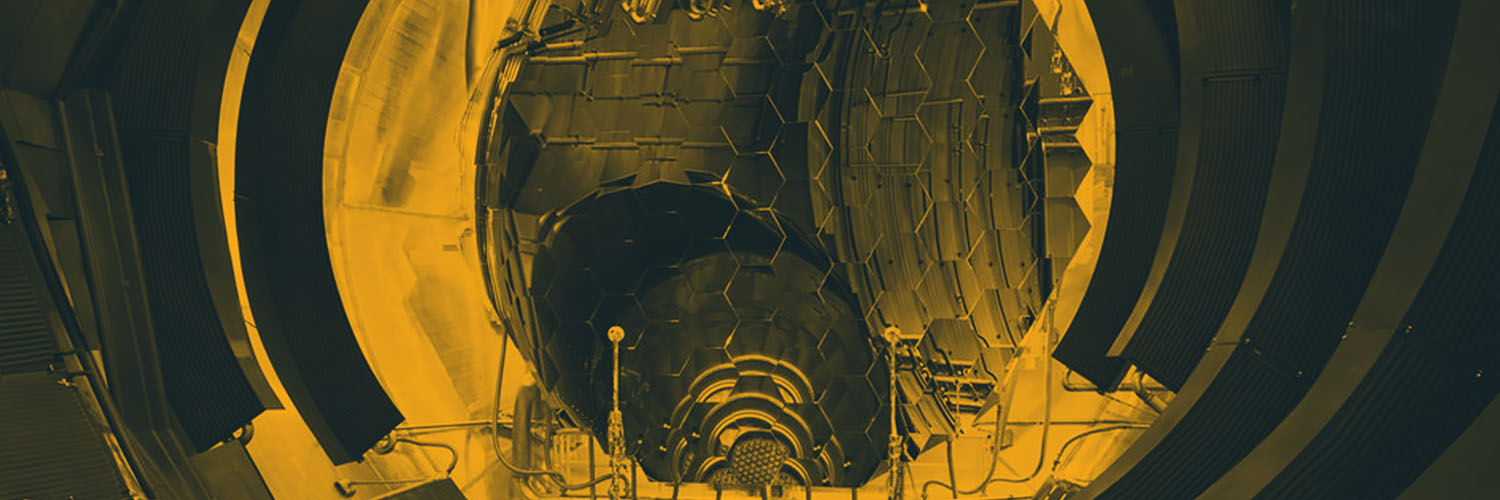Access to Space
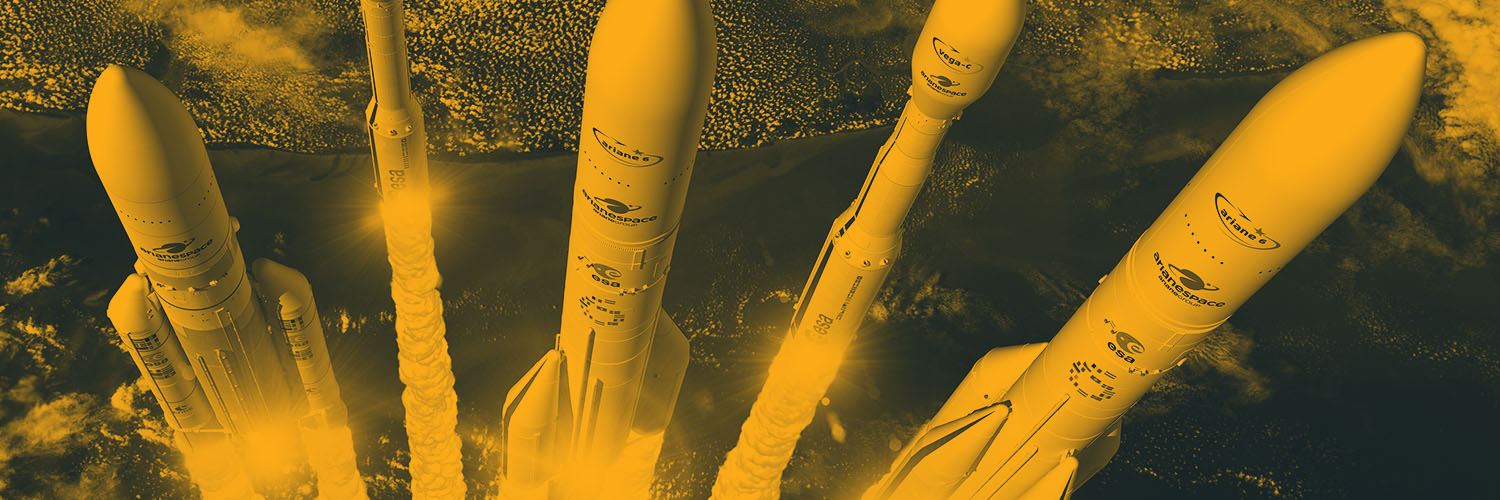
What would our world look like if there was no transport infrastructure? Without roads, railways or airports, we would not be able to travel far from our homes. People would remain isolated in their small towns, much like life before the 19th century.
When it comes to space infrastructure, we are at the early stages of a transport revolution. New markets are emerging, and ESA’s Space Transportation directorate is making sure that European industries will be the frontrunners in these emerging space transportation markets. Ultimately, we are enabling space transportation to become as common tomorrow as air transport is today.
Space technology plays an integral part of our daily lives. Telecommunications, meteorology and navigation services are invisible but essential utilities that we use every day, and they depend on the use of European satellites. From this perspective, it is in Europe’s greatest economic, defence and scientific interests to have autonomous access to space at all times without depending on other agencies to launch these satellites into orbit. With our launcher family of Ariane and Vega, ESA guarantees reliable access to space for Europe.
At Space19+, ESA Space Transportation will propose programmes that will continue to secure Europe’s access to space, and boost the competitiveness of Europe’s space transportation industry by:
- enhancing the competitiveness of Ariane 6 and Vega-C, notably through advances in upper stage development;
- completing the development of Space Rider, ESA’s reusable space vehicle;
- nurturing commercially viable ideas from European industry to open up new space transportation markets, by supporting proposals for privately led and privately funded space transportation services, with an initial focus on microlauncher-based launch services.
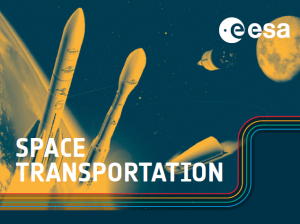 Facts and figures about this proposal [ Download PDF ]
Facts and figures about this proposal [ Download PDF ]


